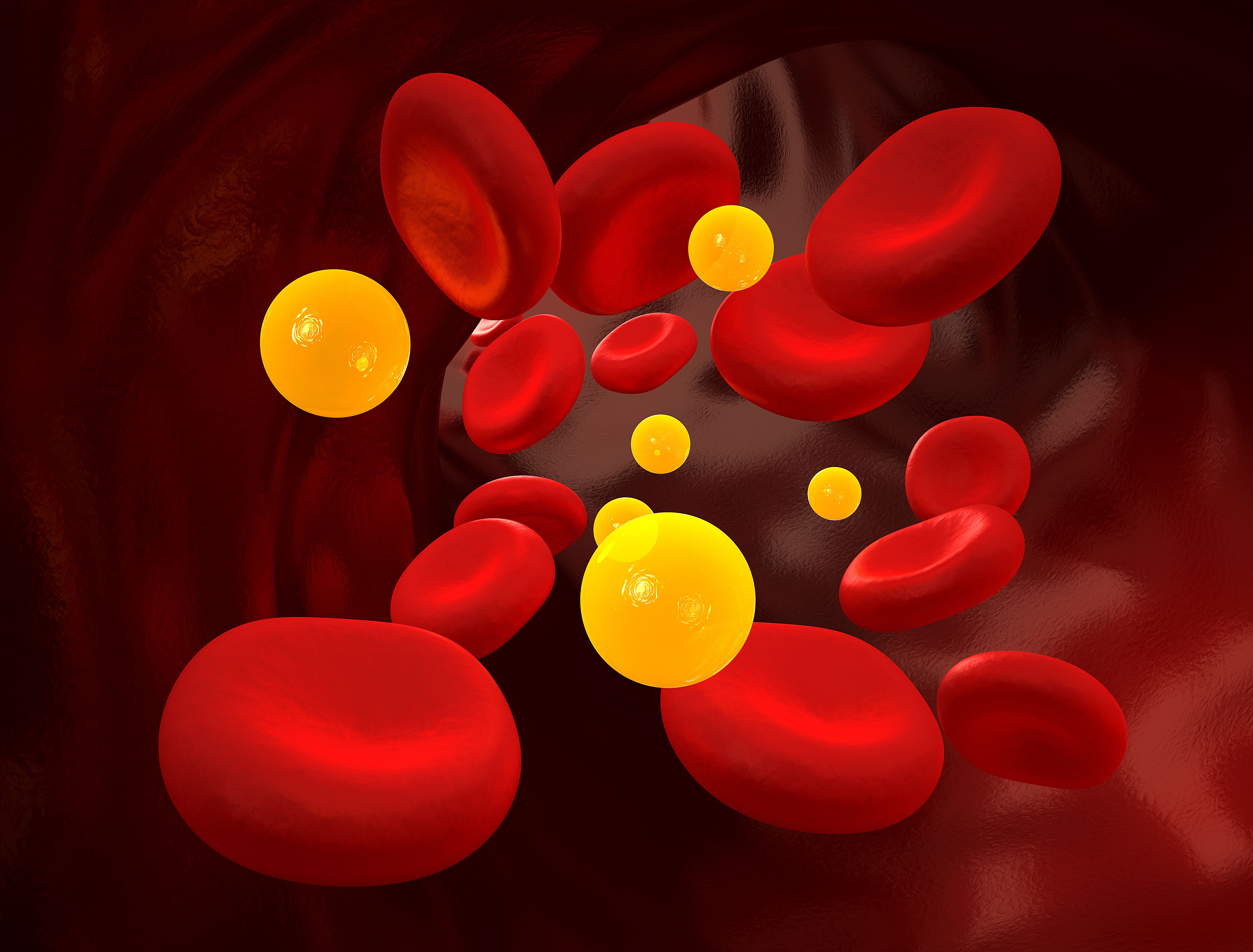Video
Bempedoic Acid to Reduce LDL-C
Author(s):
Transcript:
Alan Brown, MD: I’m going to move us along. I will say that I’m thrilled that we all have different approaches, but we’re all taking care of patients and treating their dyslipidemia.
I don’t have a huge problem with how people decide to deal with this. I want to get those folks who are not dealing with it to think about it and deal with it. We can argue about low- vs high-dose statin, even though guideline-based therapy is high-dose statin and we know not everyone can tolerate it. Secondly, just treat the patients. Understand what the thresholds and guidelines say. While you’re worrying about a particle number, don’t forget that your patients with diabetes and atherosclerosis should not leave your office without a statin.
Let’s move on to some of the newer agents. Let’s start with bempedoic acid. We have a new agent. It’s an oral agent, and it’s the first oral agent since ezetimibe that lowers lipids. I’ll start with Keith this time. Talk a bit about bempedoic acid. How does it work, and in which patients do you consider using it?
Keith C. Ferdinand, MD: Bempedoic acid is going to be beneficial. The statins, as you know, do affect coenzyme Q10. Bempedoic acid doesn’t. It may help those patients who are truly statin intolerant.
It doesn’t have the same potency as a high-intensity statin. In the first randomized trials thus far, it’s achieved about 17% to 18% LDL [low-density lipoprotein] reduction. It doesn’t have the same outcome data that we have with the statins. I agree with Seth. It appears that LDL reduction is beneficial. You don’t have intolerable adverse effects, regardless of the approach. It’s something that I’m looking forward to using even more in the future. There is a combination of a bempedoic acid with a statin, and it contradicts the whole idea that this is something better than a statin or an alternative for the statin intolerant. Now that there’s the combination with ezetimibe, that makes better sense because you’re getting away from the statin combination.
Alan Brown, MD: Pam, you had thoughts about bempedoic acid?
Pamela Bowe Morris, MD: I’m very intrigued by its mechanism of action as an ATP-citrate-lyase inhibitor. You take it as a pro-drug, and it has to be activated in the cell. The enzyme that activates bempedoic acid is not present in muscle. It’s present in hepatocytes but not present in muscle. We’ve seen the data demonstrating that it supposedly has the potential for fewer muscle-related adverse effects. I find that intriguing.
My initial experience with the drug has been—and, Seth, this likens to the PCSK9 inhibitors—an exercise in futility in getting approval of a medication early on. It has a fairly narrow FDA approval in the patient groups for whom it’s approved. It’s been a bit frustrating to accumulate the clinical experience that I would like to get with it. It does seem to be getting a little easier, but it has been challenging in the beginning.
Alan Brown, MD: Is that challenging in the commercial space or in the Medicare space?
Pamela Bowe Morris, MD: That’s interesting, because I’d have to go back and look. I haven’t looked at which it is. I now automatically request prior authorizations. It’s getting a little better. It is getting better, but it is challenging and frustrating for me. Seth, Keith, Matt, and Alan, I’m wondering what you have been seeing. One of the most challenging patients for me is the high-risk primary prevention patient. They may have statin intolerance, and sometimes, that generalizes to ezetimibe. I still want to try to get their LDL down, and bempedoic acid is not approved in the high-risk primary prevention patient. That’s been a source of some frustration, as well.
Keith C. Ferdinand, MD: If we don’t overcome that barrier, Pam, that’s going to continue to limit its ability to be used in usual clinical care. If you’re getting only 17% or 20%, it’s going to be a hard lift to use bempedoic acid with poor access vs a generic ezetimibe alone.
Seth J. Baum, MD: Yes, that is true. The niche for bempedoic acid, or bempedoic acid plus ezetimibe, is in that very high-risk patient. It’s indicated for clinical ASCVD [atherosclerotic cardiovascular disease] and heterozygous FH [familial hypercholesterolemia]. That is the very high-risk patient, who perhaps has an LDL between 70 and 110 mg/dL. We have to remember that about 70% to 80% of people who are the very high-risk ASCVD patients on maximally tolerated statin therapy are in that category. They’re not below 70 mg/dL. That niche is a place for either the bempedoic acid or the combo with ezetimibe. Primary care practitioners may not want to reach for an injectable medication as cardiologists or lipidologists might. They would be happy to see their patients with an LDL under 70 mg/dL, at 68 mg/dL. Whereas we might look at the patient and say, “Let’s go for 40 mg/dL.”
From a patient standpoint, it’s easier to sell an oral therapy. I do think it has a place.
Alan Brown, MD: Yes, the uptake has been good, and I agree with you that Medicare has been a challenge right now. They have a very good commercial program with ezetimibe to help support that for the patient.
Transcript Edited for Clarity





